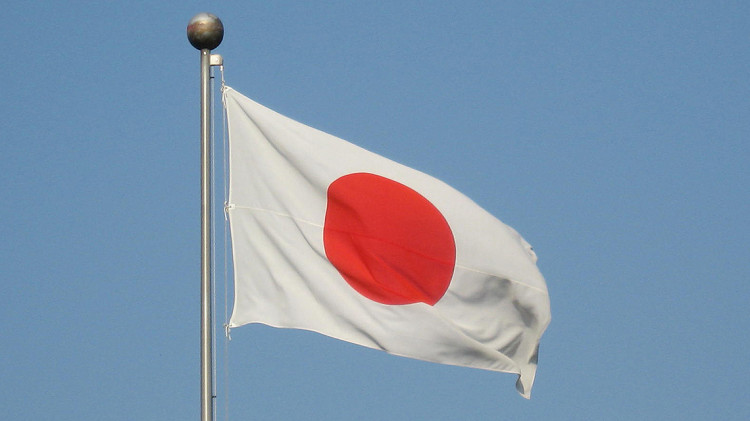The IAEA Task Force established to review the safety of Japan’s plans to discharge the ALPS (Advanced Liquid Processing System) treated water stored at the Fukushima Daiichi nuclear power station into the sea has today released its third report. The new report sets out how the Agency is conducting its own independent checks of key data related to the monitoring of the safety of the treated water before, during and after its discharge.
This corroboration work is one of the three components in the Task Force’s review of Japan’s plans to ensure they are in line with IAEA Safety Standards. The review also comprises assessments of the technical plans and of regulatory activities and processes related to the water discharge.
The new report summarizes the main elements of the IAEA’s corroboration activities and explains the methodologies to be used. It also provides an update on the progress made to date in this work, and what future activities can be anticipated.
Japan’s Tokyo Electric Power Company (TEPCO), operator of the Fukushima Daiichi Nuclear Power Station, is required to determine the characteristics and activity of the ALPS treated water to be discharged into the sea. This characterization is used as a basis to establish and implement effective monitoring programmes to ensure that any public exposure due to the discharges is adequately considered.
The report released today focuses on how the IAEA will conduct its own independent checks of the radiological contents of the water stored in the tanks and how it will analyse environmental samples (for example seawater and fish) from the surrounding environment.
This corroboration of data will be conducted using interlaboratory comparisons involving both IAEA laboratories as well as independent third-party laboratories from France, Republic of Korea, Switzerland, and the United States – all of which are members of the network of Analytical Laboratories for the Measurement of Environmental Radioactivity (ALMERA).
Additionally, the report covers how the IAEA will independently review Japanese capabilities for measuring the radiation exposure of workers at the nuclear power plant.
“This independent work will build confidence in the accuracy of data provided by TEPCO and the Japanese authorities and will give another layer of assurance that they are adhering to relevant IAEA Safety Standards,” said Gustavo Caruso, Director, IAEA Department of Nuclear Safety and Security and Chair of the Task Force.
The report includes details on the first collections of treated water samples from the tanks, as well as environmental samples, in 2022. The initial results of the IAEA’s corroboration activities will be made available in 2023 before the planned discharges of the ALPS treated water begin. Subsequent results will be included in future reports that will provide the details of the technical evaluation as well as information for the public on how to read and interpret the data.
“Japan maintains the overall responsibility for the safety of its nuclear facilities and activities, including the discharge of the treated water. However, the IAEA’s ongoing corroboration activities are a critical element to check the accuracy and validity of data reported by TEPCO and the Japanese authorities, therefore building confidence in the overall IAEA safety review,” added Caruso.
Reports covering all three components, as well as additional information such as frequently asked questions and a timeline of activities, can be found on the IAEA’s dedicated Fukushima Daiichi ALPS Treated Water Discharge webpage.


